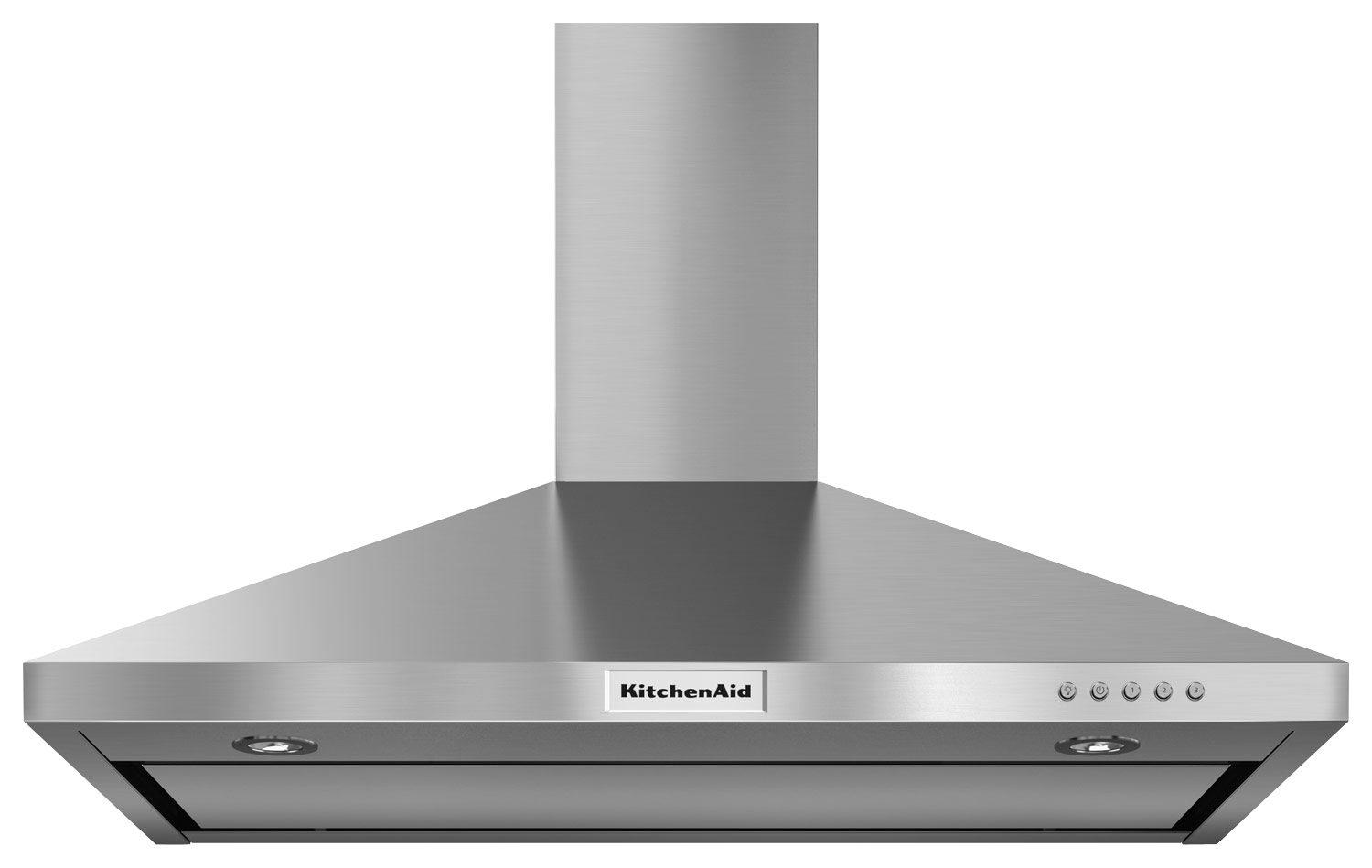Ducted Range Hood- Controlling Indoor Air Contaminants


We do not think about it, but cooking is a major contributor to indoor air contamination.
Cooking produces odor, moisture, and air pollutants in homes. Indoor air contaminants from cooking can exceed suggested guidelines for some some contaminants such as ultra-fine particles, nitrogen dioxide, carbon monoxide, and aldehydes.
(Pollutant Exposures from Natural Gas Cooking Burners – https://www.ncbi.nlm.nih.gov/pmc/articles/PMC3888569/)
(ASHRAE Position Document on Unvented Combustion Devices and Indoor Air Quality
https://www.ashrae.org/File%20Library/About/Position%20Documents/Unvented-Combustion-Devices-and-IAQ-PD.PDF)
This is where the range hood enters. A properly designed and installed range hood can help manage many of the contaminants produced during cooking. Anyone who cooks with a stove or oven needs to use a range hood. This is even more important if you have children, elderly, people with asthma or other respiratory diseases, or
anyone sensitive to odors living in the home.
Quite often in older homes you will have ductless, or recirculating, range hoods that do not vent to the exterior of the home. These recirculating range hoods do not effectively remove cooking contaminants and moisture. Even equipped with charcoal, grease or particulate filters they do not adequately remove the contaminants.
Here is a great guide from ROCIS on range hoods.
(http://rocis.org/sites/default/files/user-files/ROCIS-Ducted-Range-Recommendations-Dec-2019-Update.pdf)

From the guide-
WHEN AND HOW DO I NEED TO OPERATE A DUCTED RANGE HOOD?
• Use the hood whenever you use the stove or oven, and especially when cooking at high temperatures or producing large quantities of steam, smoke, or odors. Examples of “high emitting” cooking activities include grilling, frying, stir-frying, broiling, and roasting. Operate the hood fan at the speed that seems to best remove smoke, odors, and steam at the highest noise level your household can tolerate.
• Use a back burner whenever possible. Also, use lower cooking temperatures, and cover pots and pans as much as possible.
• Leave the fan on for at least 10-20 minutes after the cooking ends, or until the cooking surfaces have cooled, whichever comes first. Continue using the fan if odors or smoke are noticeable when you enter from outdoors or a distant part of the house. (For airtight homes, see Supplement 3: Caveats and Cautions.)
• Minimize movements of the cook and cross drafts near the stove, in order to maximize cooking fume capture and removal.
• When using the oven cleaning cycle, evacuate the house and operate the range hood at maximum speed. Also, clean the hood’s grease filters afterwards.
Select a hood with a Capture Efficiency (CE) of 80% or more, based on ratings from Home Ventilating Institute (HVI) or the manufacturer if necessary.
https://www.hvi.org/hvi-certified-products-directory/
Range Hood Buying Guide
https://www.consumerreports.org/cro/range-hoods/buying-guide/index.htm
Some special consideration should be used in newer home with tight building envelopes. When using a range hood make up air should be considered.
Makeup Air for the Range Hood- A range hood won’t work well in a tight house without make-up air. (Fine Home Building)
https://www.finehomebuilding.com/2017/05/12/make-air-range-hood
Range Hood Make-Up Air Specifier. Broan, 2018. Interactive tool for meeting building codes in several states make-up air for domestic range hoods in dwelling units.
http://tools.broan.com/muatemplate.aspx.
Healthy Indoor Air Quality Guides and Checklist Tool for energy upgrades and retrofits, Single- and Multi-Family. EPA and DOE. See local exhaust ventilation topics.
https://www.epa.gov/indoor-air-quality-iaq/energy-savings-plus-health-indoor-air-qualityguidelines-multifamily-building
If you find any errors or have additional information that would expand on any code, building standards or manufacturer requirements please let me know.
NCW Home Inspections, LLC is a Licensed Washington State Home Inspection service located in Wenatchee Washington serving Chelan County, Douglas County, Kittitas County, Okanogan County and Grant County Washington and the cities of Wenatchee, Leavenworth, Cashmere, Oroville, Cle Elum, East Wenatchee, Quincy and many more…
Your Wenatchee and Chelan Professional Real Estate, Home and Structural Pest Inspection Service
Coordinator & Instructor- Fundamentals of Home Inspection- Bellingham Technical College
Former WA Home Inspector Advisory Licensing Board
www.ncwhomeinspections.com 509-670-9572
You can follow me on Facebook, Twitter, Google+ and on my website Blog.
(Click on Icons to go to social media pages.)





1 Comment
Comments are closed.